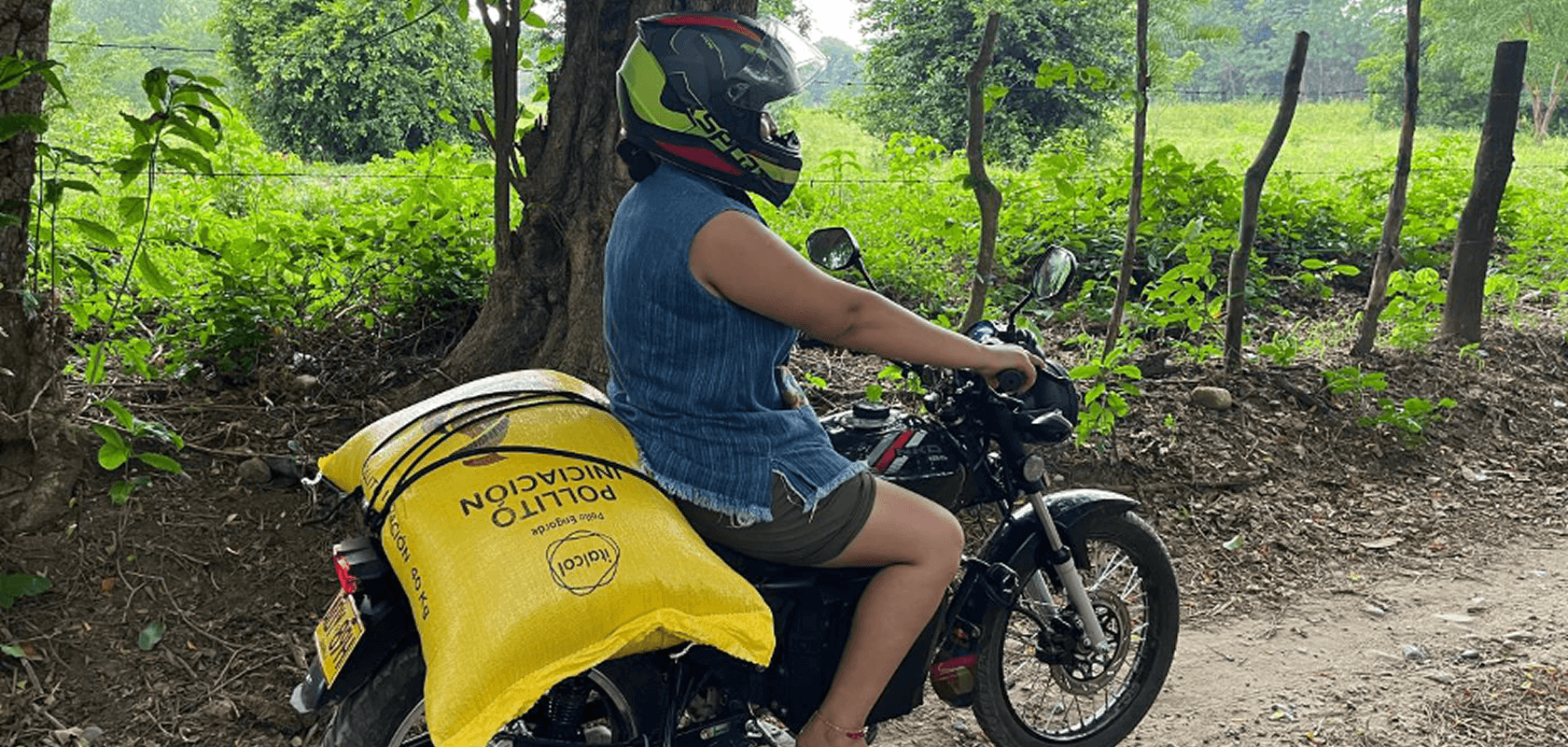
As Covid-19 brought the world to a grinding halt last spring, shared micromobility attracted rider attention as a more socially distanced means of travel. Though overall trends showed decreased ridership throughout the pandemic, bikeshare and scootershare operators saw new riders with its appeal of socially distanced mobility. A recent analysis by the North American Bikeshare and Scootershare Association (NABSA), “Shared micromobility: State of the industry report,” confirmed that shared micromobility played an important role in building urban resilience during the pandemic. This unique shared mode was pivotal in two ways: (1) it offered a distanced alternative to transit and (2) it integrated with public transportation to provide multimodal options for essential workers and lasting mobility impacts in equity zones, areas with high proportions of low-income residents who have been historically underserved by public transportation.
Personal mobility with built in social distance
In 2020, approximately 224 cities in North America had at least one bikeshare or scootershare system, with 33% of those cities having both. The rising accessibility of shared micromobility systems has allowed riders to make essential short-distance trips during the pandemic. Approximately half of shared micromobility systems surveyed by NABSA reported an increase in first-time riders. Bikes, in particular, saw an increase from 7 million trips in 2019 to almost 10 million trips during the pandemic. This upsurge came in response to public transit service cuts as cities grappled with adapting to Covid-19 safety protocols.
Even with service cuts and scale-backs to create Covid-19 safeguards, micromobility rebounded quicker than any other mode of transport, with 75% of suspended systems reopened and coming within 20% of the previous year’s ridership levels by the end of 2020. Micromobility’s versatility allowed for easier and faster adaptability in times of need. This showcase of resiliency affirms micromobility as a crucial component of transportation infrastructure as cities prepare for future public health crises and natural disasters. Moreover, the pandemic prompted cities to create temporary bike lanes and slow streets, allocate road space for outdoor dining, and recognize the need for permanent reallocation of public space that prioritizes the most efficient ways of travel.
Micromobility moved essential workers and equity
Micromobility operators and public officials came together early in the pandemic to offer discounted and free rides for essential workers to navigate closures. While public transit had to reduce services during the pandemic, micromobility rose to the occasion, with 55% of micromobility operators working with transit agencies to fill the gaps. The public-private partnership added resilience to the micromobility system, which proved to be essential for communities in transit deserts. Equity zones reported a 20% increase in trip-making. Shared micromobility also accounted for 7% of new trips that wouldn’t have been taken otherwise and a 20% increase in trips to essential services.
The increase in access to mobility in these equity zones has lasting impacts far beyond the pandemic. According to a study done by the Micromobility Coalition and DePaul University, when paired with walking and transit, 44% more jobs were accessible within 45 minutes or less with shared mobility. For instance, in Boston, individual residents gained access to 60% more employment opportunities when shared micromobility is an option along with transit and walking. With 50% of riders reporting that they already use shared micromobility to connect to transit, public-private collaboration can further improve equity within underserved communities by solidifying shared micromobility as a sustainable transport solution for the first and last mile of trips.
By advancing integration, the public and private sectors can work together to improve and increase accessibility to multimodal travel. Across North America, 83% of bikeshare and scootershare programs offer discounted pricing. Paired with payment integration, users can have greater ease of usability and affordability to travel across modes.
Keeping micromobility top of mind for philanthropy
Amidst a notable push to support and grow transit networks while maintaining momentum toward transport electrification to meet the Paris Agreement’s goals, micromobility often gets dropped off the list of priorities for philanthropy. However, as cities around the world continue to grow rapidly and experience more frequent and intense climate impacts, resilient and multimodal mobility will be crucial in the process of collective adaptation. As we’ve written previously, micromobility remains a key component of the energy transition and the philanthropic community can support in the following ways:
- Multimodality and connectivity: Building greater connectivity between existing transit and emerging shared mobility options, such as bikeshare and scootershare systems.
- Anti-racism in transportation policy: Working to dismantle structural racism in transportation policy, in addition to centering equity to benefit communities with limited access to safe and affordable public transportation.
- Reclaiming public space: Equitable restructuring of public space toward multimodal travel through curb pricing, zero-emission areas, dedicated lanes, slow streets, and others.
These philanthropic focus areas can also be incorporated into broader work in urban mobility that supports micromobility uptake, such as work on federal transportation funding, approaches that target regions for urban electrification, decarbonization of delivery vehicles, walkable city design, and many others. As philanthropy works to create more climate-responsive, resilient, equitable and just cities, micromobility should be an important part of those strategies.




